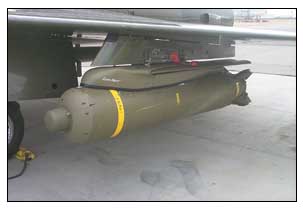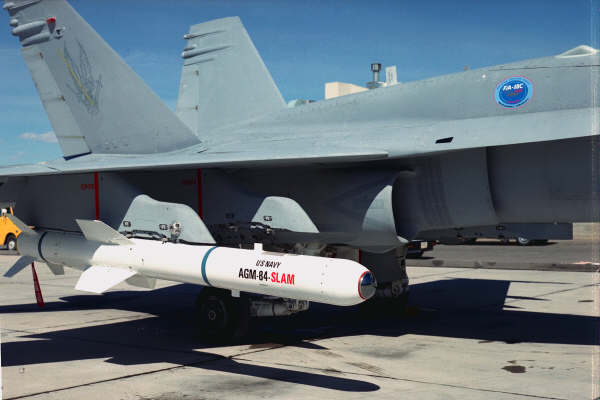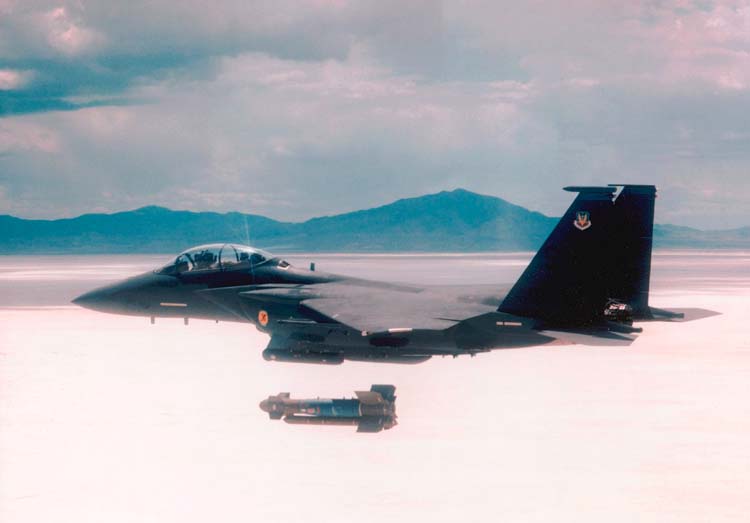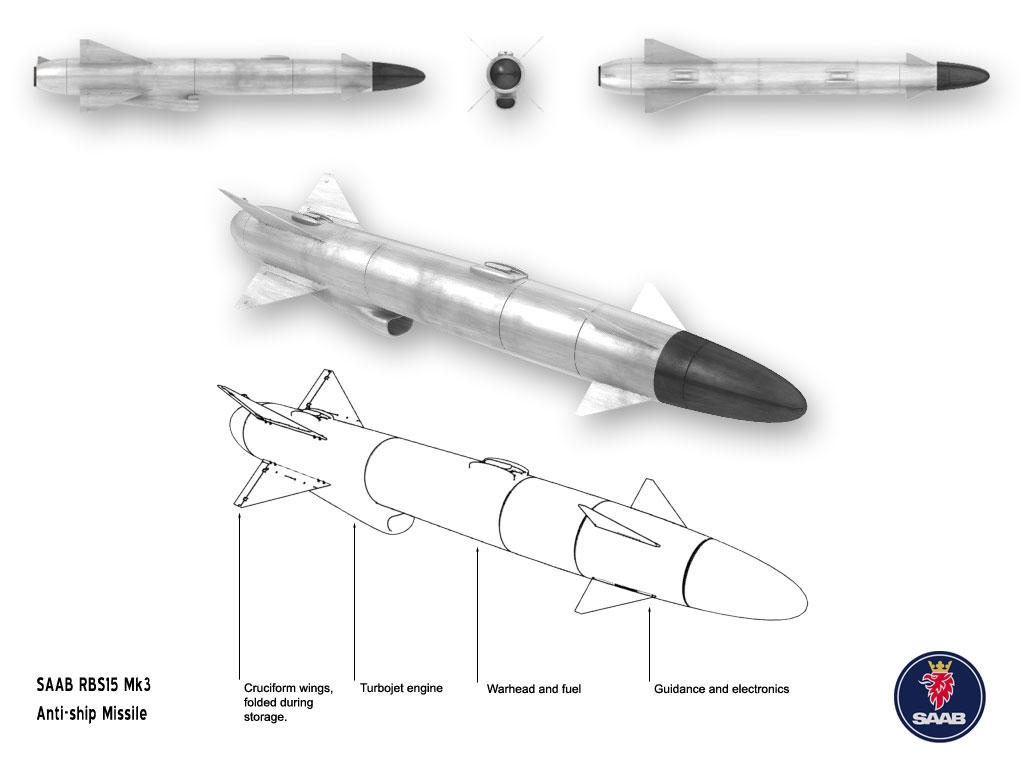Air-to-Ground Missiles
An air-to-ground missile (AGM) is a weapon fired from an aircraft against a ground-based target. An air-to-ground missile has onboard propulsion, with guidance provided either internally or externally. Also known as air-to-surface missiles, air-to-ground missiles are used against a wide variety of targets, including vehicles, armor, fuel storage facilities, structures, and in a naval setting, against surface ships.
Four
AGM-114 Hellfire missiles tucked under the wing of a KC-130J Hercules aircraft, on the runway at Camp Dwyer, Afghanistan, 24 March 2011.
Today in WW II: 24 May 1941
Battle of the Denmark Strait: German battleship
Bismarck sinks British battlecruiser HMS
Hood, flagship of the Home Fleet, killing all but 3 of the 1418 crew. More ↓
Operational Factors of Air-to-Ground Missiles
From top to bottom, an AGM-88 HARM (High-speed Anti-Radiation Missile), an AGM-45 Shrike Anti-Radiation Missile, and an AGM-65 Maverick television-guided missile, February 1988.
Air-to-ground missiles can be described based on their range, type of powerplant, guidance system, or intended target. The most common propulsion systems used are jet engines and rocket motors, yielding long- and short-range missiles. Guidance systems on air-to-ground missiles are based on optical, infrared, laser, and GPS-based technology. Each offers advantages, with the intended target determining which guidance system is optimal. Some air-to-ground missiles are designed specifically to attack certain targets. For instance, the AGM-84 Harpoon is used as an anti-ship missile. However, most air-to-ground missiles can be launched at a variety of targets.
The major operational advantage of an air-to-ground missile is the ability to fire at a target from a safe distance. This standoff distance keeps men and materiel safe from enemy counterattack. Most air-to-ground missiles are also "fire and forget" weapons, allowing operators to engage multiple targets quickly.
The U.S. military currently deploys air-to-ground missiles on virtually all aircraft. The Air Force, Navy, and Marine Corps each operates a variety of fighters, helicopters, and drones, most of which can be equipped to carry mission-specific air-to-ground missiles.
The best-known air-to-ground missile in the U.S. inventory is the AGM-65 Maverick, which has been in service since late in the Vietnam War and used by aircraft in the U.S. Air Force, Navy, and Marines. The other well-known AGM is the AGM-114 Hellfire, the first such missile to be deployed on a UAV, first on the
MQ-1 Predator and more recently, on the
MQ-9 Reaper.
Chart of Air-to-Ground Missiles
In this chart of U.S. military air-to-ground missiles, click on the photo link to go to the page of photos and information for the missile.
Missile Description Photo Link
AGM-12 AGM-12 Bullpup

AGM-22 AGM-22
AGM-28 AGM-28 Hound Dog
AGM-45 AGM-45 Shrike

AGM-62 AGM-62 Walleye
AGM-65 AGM-65 Maverick

AGM-69 AGM-69 SRAM
AGM-78 AGM-78 Standard ARM
AGM-84 AGM-84 Harpoon
AGM-86 AGM-86 CALCM
AGM-87 AGM-87 Focus
AGM-88 AGM-88 HARM

AGM-114 AGM-114 Hellfire

AGM-119 AGM-119 Penguin
AGM-122 AGM-122 Sidearm
AGM-123 AGM-123 Skipper
AGM-129 AGM-129 ACM
AGM-130 AGM-130
AGM-142 AGM-142 Have Nap
AGM-154 AGM-154 JSOW
Recommended Books about Military Air-to-Ground Missiles






















































